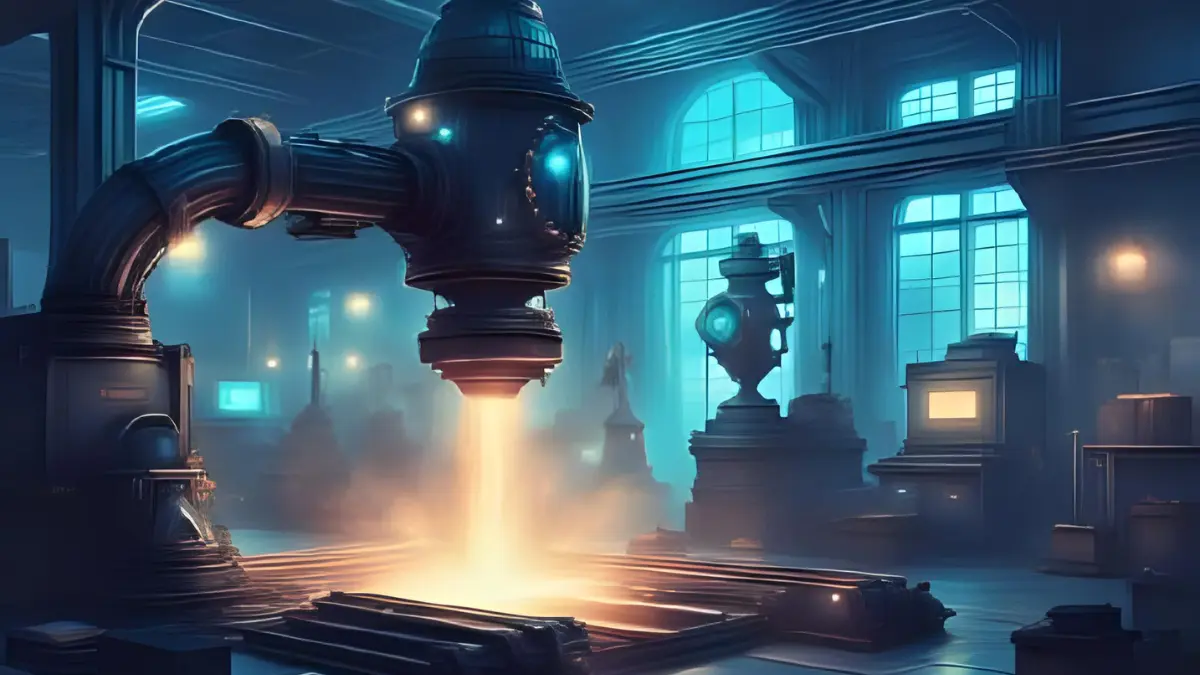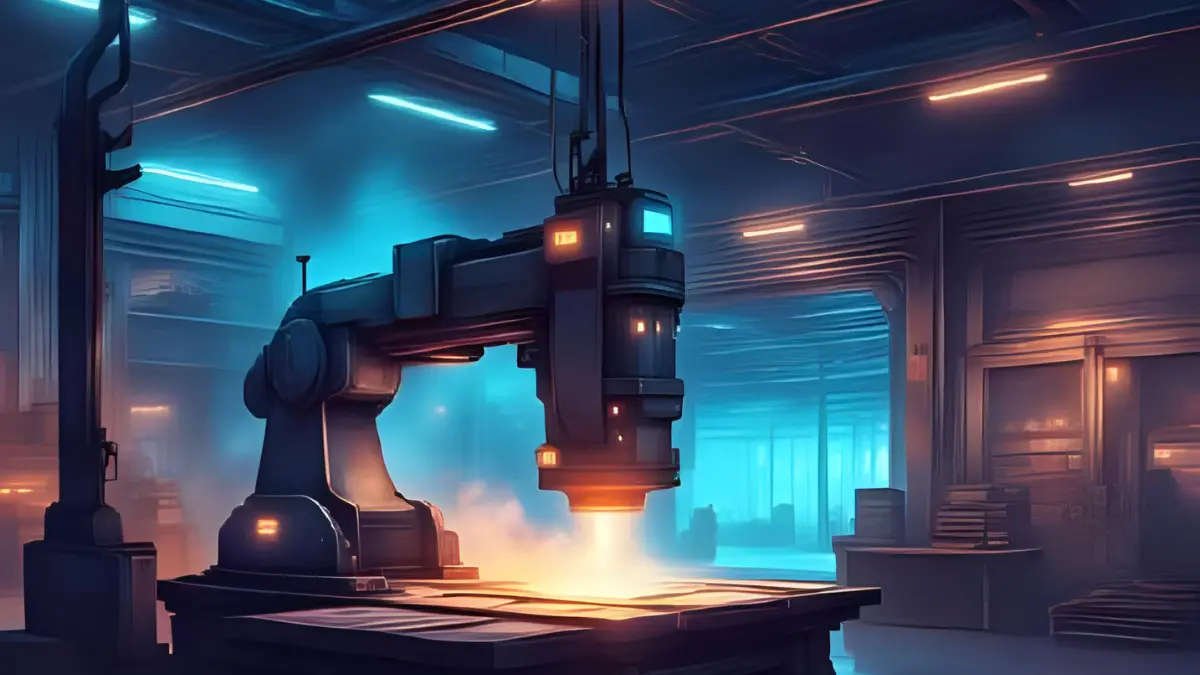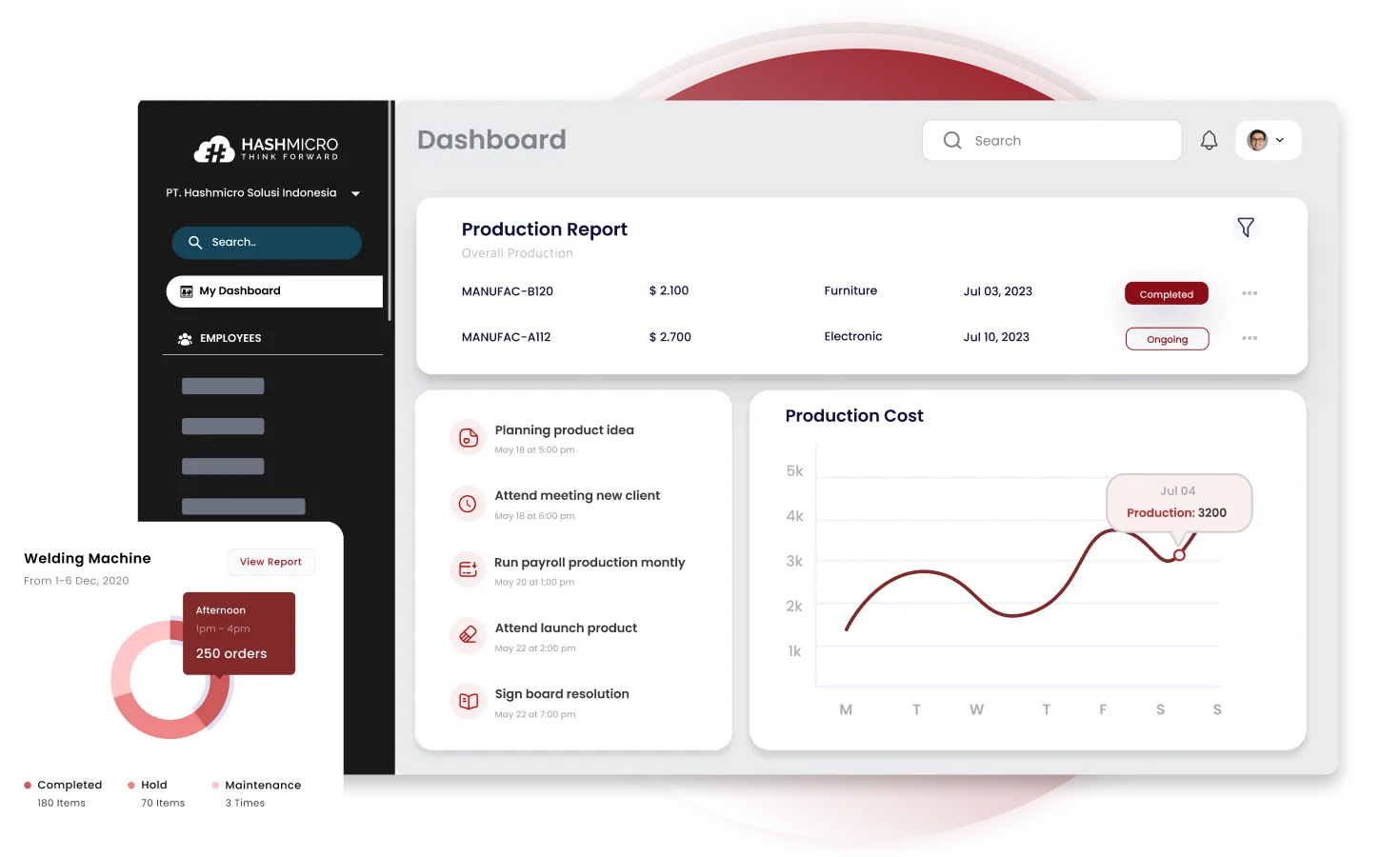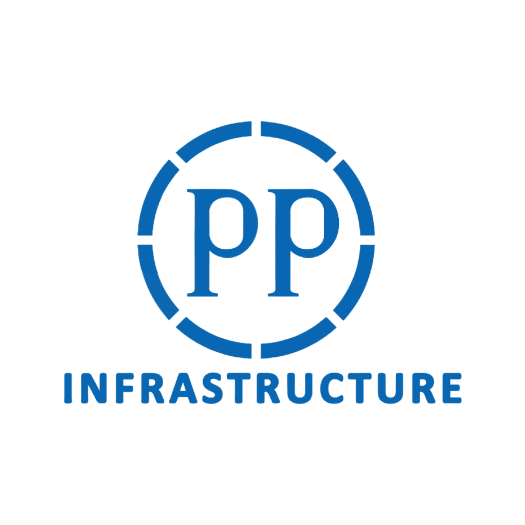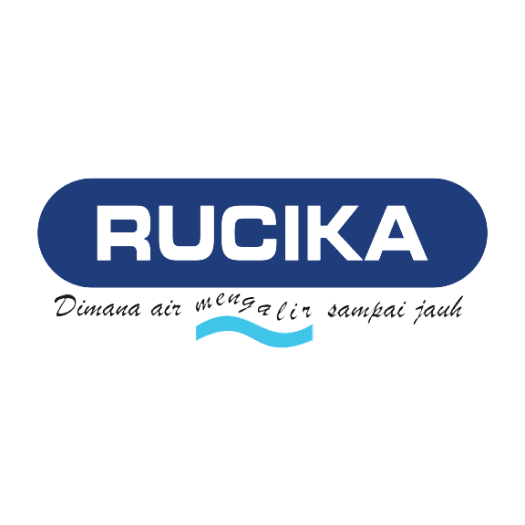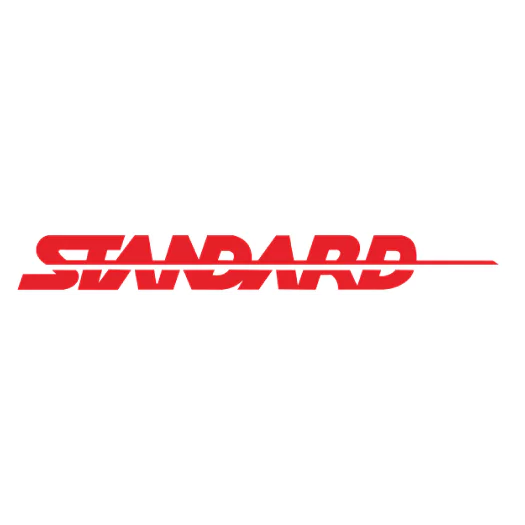Metal fabrication is more than just cutting, bending, or welding metal. It is the backbone of modern manufacturing, transforming raw materials into parts and structures that keep industries moving forward from heavy machinery and transportation to construction and consumer goods. Without it, production lines would stall and innovation would struggle to take shape.
For business leaders, the key challenge is not understanding its necessity but recognizing how to manage fabrication processes effectively while ensuring efficiency and profitability. The opportunity is significant: the fabricated metals market is projected to reach US$9.82 billion by 2025, with a compound annual growth rate of 2.43%, underscoring its critical role in the global industry.
This article will walk you through what metal fabrication is, why it matters to your operations, the benefits it brings, and how the correct management approach can help your business.
Key Takeaways
|

What is Metal Fabrication?
Metal fabrication is the process of turning raw metal materials into finished parts, components, or structures through techniques such as cutting, bending, and welding.
In manufacturing, it serves as a core function that enables businesses to create everything from machinery and equipment to building frameworks and consumer products. Simply put, it is the bridge between raw resources and the functional products that drive industrial operations.
How Does Metal Fabrication Work?
Metal fabrication may sound highly technical, but for businesses it simply means converting raw materials into valuable products through a series of structured steps. Understanding how it works helps decision-makers identify areas where efficiency can be improved and where technology can have the most significant impact. Here are the main stages involved in metal fabrication:
- Design and Planning: Every project starts with technical drawings or digital models, which define the specifications of the final product. Software can support this stage by reducing design errors and streamlining the revision process.
- Cutting: Raw metal sheets or bars are cut into the required shapes using methods such as laser, plasma, or waterjet cutting, depending on the precision needs.
- Bending and Forming: The cut materials are shaped into the desired angles or curves, creating components that fit together seamlessly.
- Assembly and Welding: Different pieces are joined together, either by welding, fastening, or other joining techniques, to form a complete structure.
- Finishing: Processes such as polishing, coating, or painting are applied to enhance durability and appearance, ensuring the product is ready for use.
By carefully managing these stages and integrating them with the right manufacturing software, businesses can optimize their production flow, reduce waste, and deliver consistent quality at scale.
What is the Benefit of Metal Fabrication?
For business leaders, metal fabrication is not just a technical process but a strategic advantage. When appropriately managed, metal fabrication ensures efficiency, product reliability, and long-term value creation across a wide range of industries.
Here are some of the most essential benefits that metal fabrication brings to manufacturing businesses:
1. Increased efficiency
Fabrication processes enable companies to transform raw materials into finished products more efficiently and with greater precision. This means shorter production cycles and the ability to respond more quickly to market demand.
2. Consistent quality
Standardized fabrication methods enable manufacturers to deliver products that meet stringent quality standards. This reliability strengthens customer trust and reduces the need for costly rework.
3. Cost optimization
By streamlining processes such as cutting, bending, and assembly, businesses can minimize material waste and labor inefficiencies. When supported by manufacturing software, cost control becomes even more measurable and predictable.
4. Scalability
Metal fabrication supports both small-scale and large-scale production. Companies can scale their output without sacrificing quality, ensuring flexibility to meet the growing needs of their customers.
5. Competitive advantage
Well-managed fabrication processes help businesses stand out through better quality, faster delivery, and optimized cost factors that directly Influence profitability and market positioning.
What are the Various Types of Metal Fabrication?
Metal fabrication covers a wide range of processes, each designed to turn raw metal into valuable business assets. For decision-makers, understanding these types is not just about the technical steps, but about how each method can impact cost, efficiency, and product quality.
Below are the main types of metal fabrication most relevant to modern manufacturing businesses:
1. Casting
Casting is the process of pouring molten metal into a mold to form a specific shape once the metal has solidified. It is widely used to create complex parts that would be difficult or costly to produce through other methods.
Business value: Casting enables mass production of detailed components, reduces machining requirements, and offers cost efficiency at scale for industries such as automotive, heavy machinery, and construction.
2. Cutting
This process involves slicing metal sheets or bars into the required shapes using tools such as laser, plasma, or waterjet machines.
Business value: Precise cutting reduces material waste, saves costs, and ensures consistency in large production runs.
3. Bending
Metal sheets are bent into the desired angle or curve using press brakes or similar equipment.
Business value: Bending enables flexibility in design, allowing manufacturers to create complex shapes without incurring additional assembly costs.
4. Welding
Separate pieces of metal are joined together through heat or pressure to create a solid structure.
Business value: Welding provides strength and durability, making it essential for industries such as construction, automotive, and heavy equipment manufacturing.
5. Machining
Processes such as drilling, turning, and milling remove material from the metal to achieve precise dimensions.
Business value: Machining delivers high-accuracy parts that meet stringent specifications, which is crucial for industries where precision is paramount for safety and performance.
6. Punching and stamping
Punching makes holes in metal sheets, while stamping shapes metal into patterns or forms.
Business value: These methods allow for mass production of parts at lower costs, making them ideal for high-volume manufacturing.
7. Finishing
Processes such as polishing, coating, or painting are applied at the end to protect metal surfaces and improve appearance.
Business value: Finishing extends product lifespan, reduces maintenance costs, and enhances customer satisfaction.

What are the Key Steps in the Metal Fabrication Process?
While each project may vary depending on the industry and requirements, most metal fabrication processes follow a precise sequence of steps that ensure accuracy, efficiency, and quality.
For business leaders, understanding these steps is essential to identifying where productivity can be improved and how an ERP manufacturing system can provide visibility across the entire process. Key steps include:
- Design and Engineering: The process starts with digital designs or technical drawings that define the specifications of the final product. At this stage, software tools help reduce errors and simplify the revision process.
- Material Selection: Selecting the right type of metal is crucial for balancing cost, durability, and performance. Proper selection avoids waste and ensures the product meets operational requirements.
- Cutting and Shaping: Metals are cut into the required dimensions and then bent or formed into the desired shape. Precision in this step reduces material loss and guarantees consistency in production.
- Assembly and Welding: The prepared components are joined together through welding, fastening, or other assembly methods, creating a solid structure ready for application.
- Finishing: Surface treatments, such as polishing, coating, or painting, are applied to enhance durability and appearance, ensuring products meet customer standards.
- Inspection and Quality Control: Before delivery, products undergo thorough checks to confirm they meet both design specifications and safety standards. Integrating this stage with an ERP manufacturing system allows businesses to track compliance, reduce rework, and maintain customer trust.
Managing Metal Fabrication with HashMicro’s Manufacturing Software
Managing metal fabrication is not only about handling machines and materials, it is about ensuring that every stage of the process runs efficiently, from design to delivery. Many manufacturers face common challenges, including poor visibility across operations, high material waste, unpredictable costs, and delays in meeting customer deadlines.
These issues often arise because processes are managed manually or across disconnected systems. To stay competitive, businesses need a centralized solution that connects production planning, inventory, quality control, and reporting into one platform.
HashMicro’s manufacturing software provides precisely that. By digitizing and automating workflows, the system helps manufacturers reduce inefficiencies, gain real-time insights, and maintain tighter control over costs and timelines.
The result is a more reliable, scalable, and profitable fabrication process. Key features that support metal fabrication management include:
- Manufacturing Production Scheduling: Organizes and controls each stage of fabrication, making sure machines and resources are used efficiently.
- Bill of Materials (BoM): Provides a complete list of raw materials and components needed for accurate and consistent production.
- Manufacturing Requisition Planning: Ensures all required metals and supplies are requested and ready before production begins.
- Manufacturing Quality Control: Monitors quality at every stage, from cutting and welding to finishing, to maintain product standards.
- Manufacturing Subcon Management: Tracks and manages outsourced tasks such as casting or specialized finishing to keep projects on schedule.
Conclusion
Metal fabrication is more than a technical process. It is a critical driver of efficiency, quality, and competitiveness in modern manufacturing. By understanding its key steps, benefits, and challenges, business leaders can make smarter decisions that directly impact productivity and profitability.
To maximize these advantages, manufacturers need more than skilled labour and machinery. They also need the right digital tools to manage operations seamlessly. With HashMicro’s manufacturing software, companies gain better visibility, improve planning, and maintain consistent product quality.
To see how it works in practice and explore how it fits your business needs, you can request a free demo with our team.

Pertanyaan Seputar Metal Fabrication
-
What is the best metal for fabrication?
Steel and aluminum are two of the most popular fabrication metals.
-
Is a fabricator a machinist?
Fabrication focuses on the manipulation and assembly of metal pieces, whereas machining is primarily a subtractive process that involves removing material to shape the metal. Fabrication relies on tools like welding machines, presses, and bending equipment, while machining utilizes lathes, mills, and drills.
-
What is an example of metal fabrication?
Industrial metal fabrication is used to create parts of tools and equipment.
